Splachnum Hedw.: The Unique and Fascinating Moss of the Splachnaceae Family
Affiliate Disclaimer: As an affiliate, we may earn a small commission when you make a purchase from any of the links on this page at no additional cost to you!
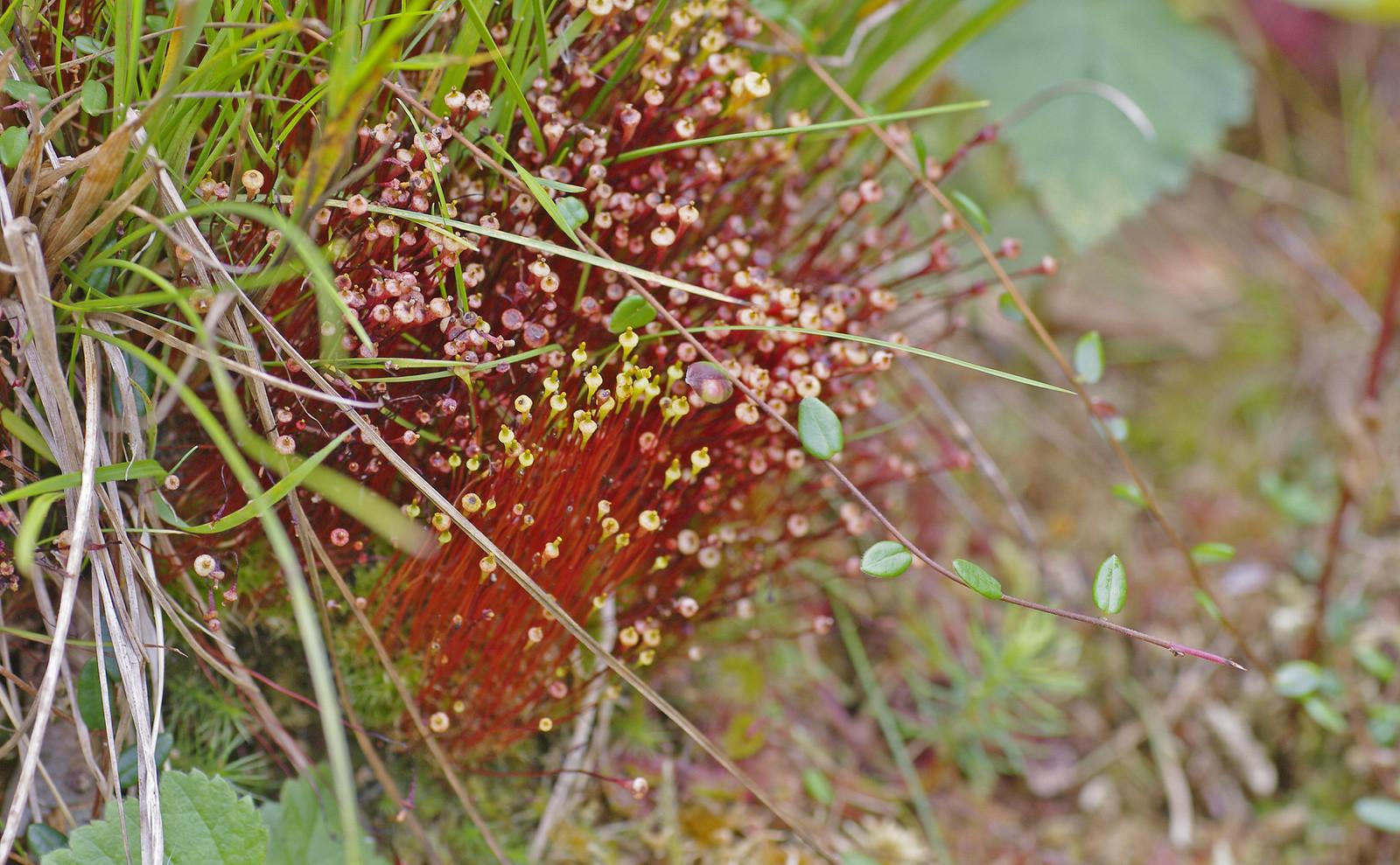
39293829240_df390c2d1d_h.jpg from: https://www.flickr.com/photos/126598284@N05/albums/72157694309193624/
Splachnum Hedw.: The Fascinating Moss of the Splachnaceae Family
Introduction
The world of mosses is full of fascinating species, each with their own unique adaptations and ecological roles. One particularly interesting genus is Splachnum Hedw., a member of the Splachnaceae family. Also known simply as Splachnum, these mosses have captivated botanists and enthusiasts alike with their distinctive morphology and specialized habitat preferences. In this blog post, we’ll dive into the details of Splachnum Hedw. and explore what makes these mosses so special.
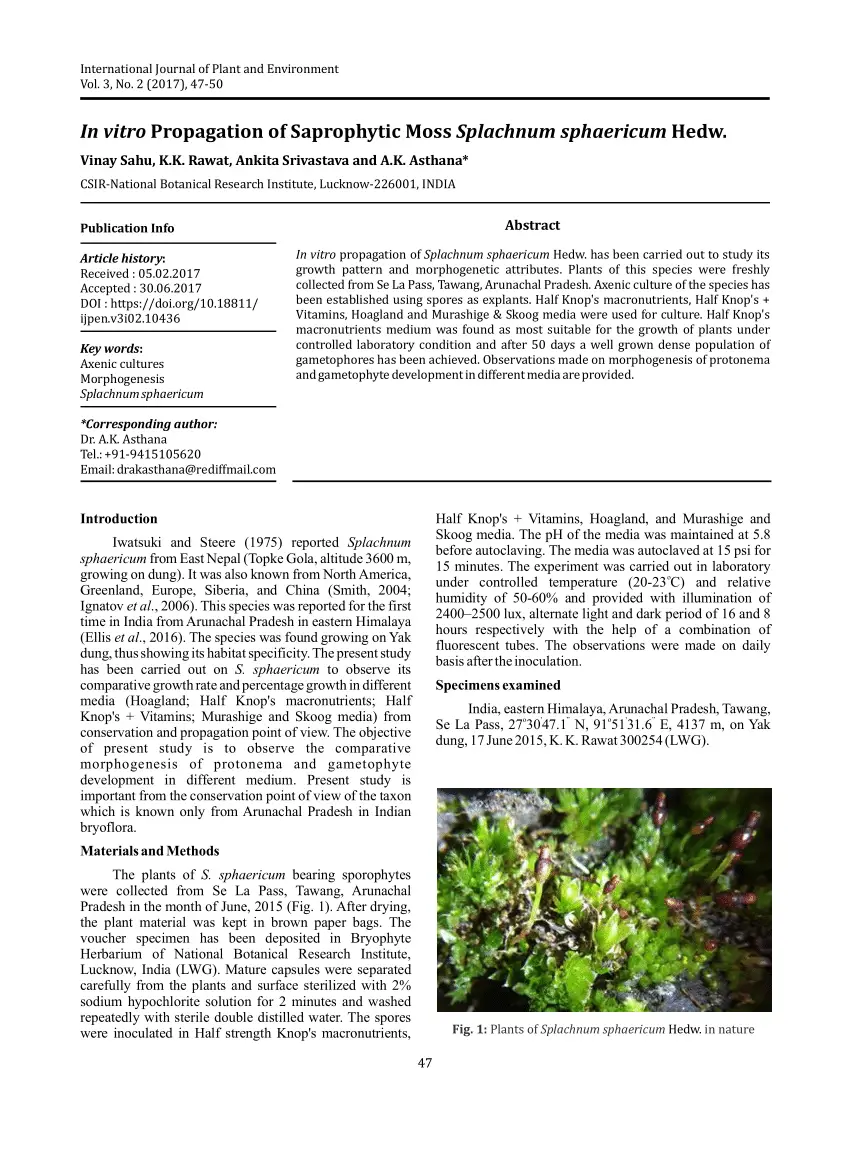
largepreview.png from: https://www.researchgate.net/publication/321933397_In_vitro_Propagation_of_Saprophytic_Moss_Splachnum_sphaericum_Hedw
Background
Mosses are small, non-vascular plants that belong to the division Bryophyta. They lack true roots, stems, and leaves, instead having structures that serve similar functions. Mosses play important roles in many ecosystems, helping to retain moisture, prevent erosion, and provide habitat for other organisms. The genus Splachnum Hedw. is classified within the class Bryopsida and is known for its unique adaptations related to its preferred growing substrate.
Morphology and Identification
Splachnum mosses are generally small to medium-sized, with stems reaching up to 5 cm in height. They have distinctive, elongated capsules that are often brightly colored, ranging from yellow and orange to red and purple. These capsules are held aloft on tall, wiry setae (stalks) that can be several times longer than the stems. The capsules have a swollen base
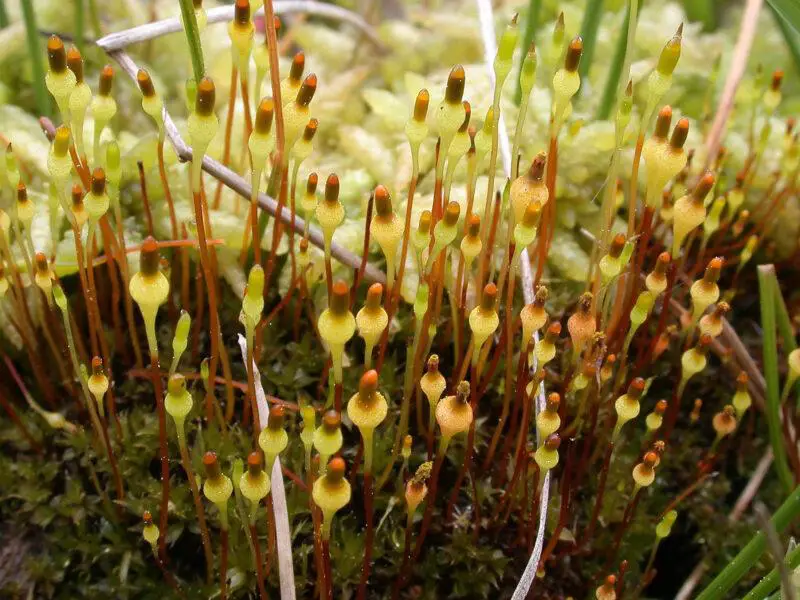
VC11-splachnum-ampullaceum-holmsley-b6999-800×600.jpg from: https://www.britishbryologicalsociety.org.uk/learning/species-finder/splachnum-ampullaceum/
called the hypophysis, which contains specialized tissues that aid in spore dispersal.
The leaves of Splachnum mosses are usually broad and obovate (egg-shaped with the narrow end at the base), with a rounded or obtuse apex. They are typically arranged in a rosette at the top of the stem. The leaf cells are large and thin-walled, giving the leaves a somewhat translucent appearance.
Global Distribution and Habitat
Splachnum mosses have a wide distribution, being found in temperate and boreal regions of North America, Europe, and Asia. They are most commonly associated with nutrient-rich substrates, particularly the dung of herbivorous mammals such as moose, caribou, and cattle. This specialized habitat preference is related to the mosses’ unique adaptations for spore dispersal (more on that later).
In addition to growing on dung, some species of Splachnum can also be found on decaying animal remains, such as bones and antlers. This association with animal-derived substrates sets Splachnum apart from many other mosses, which typically grow on soil, rocks, or tree bark.
Ecological Roles and Adaptations
One of the most fascinating aspects of Splachnum mosses is their close relationship with flies
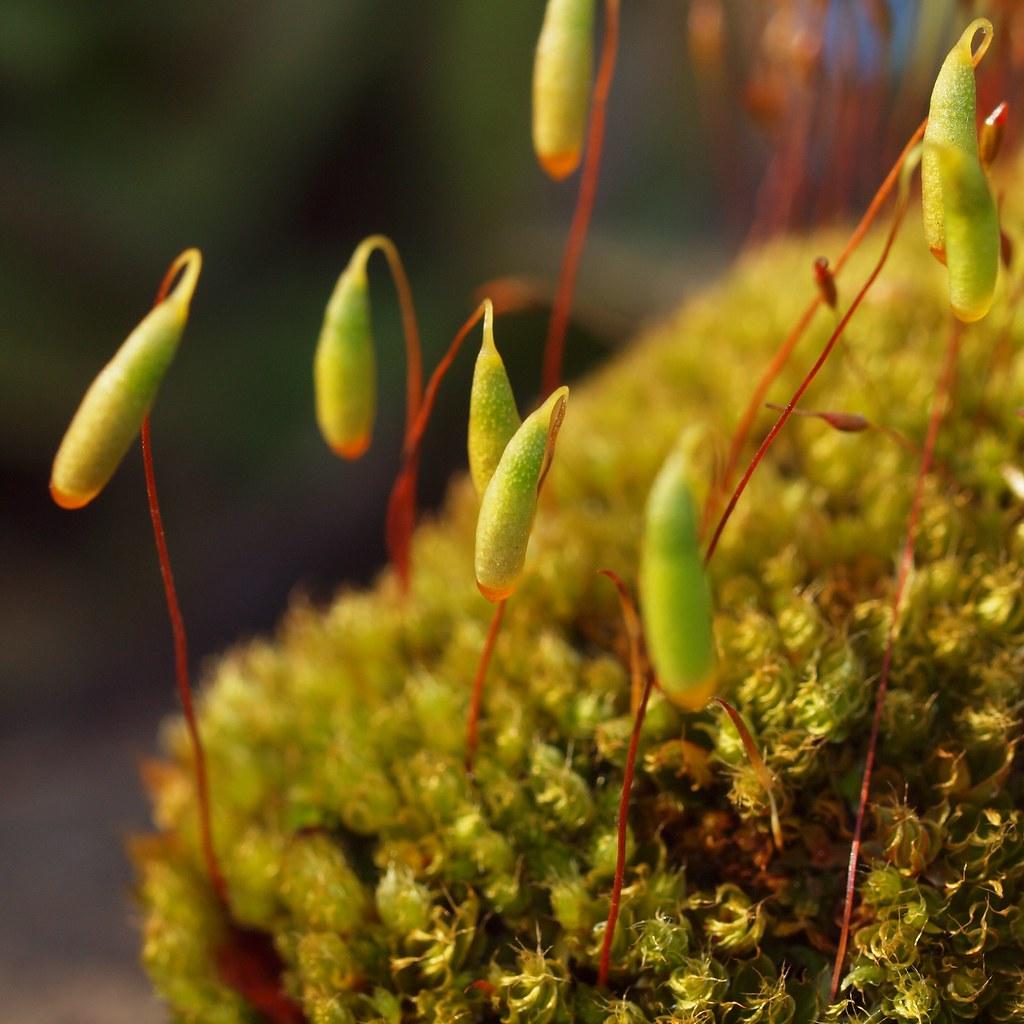
49739600062_e288daef2b_b.jpg from: https://www.flickr.com/photos/21657471@N04/49739600062/
. The brightly colored capsules and strong odors produced by these mosses serve to attract flies, which then land on the capsules and inadvertently pick up spores on their bodies. When the flies move on to another dung substrate, they deposit the spores, effectively dispersing them to new locations.
This fly-mediated spore dispersal is an example of entomochory (dispersal by insects) and is a key adaptation that allows Splachnum mosses to colonize patchy and ephemeral substrates like dung. The specialized hypophysis tissue in the capsule base is thought to play a role in
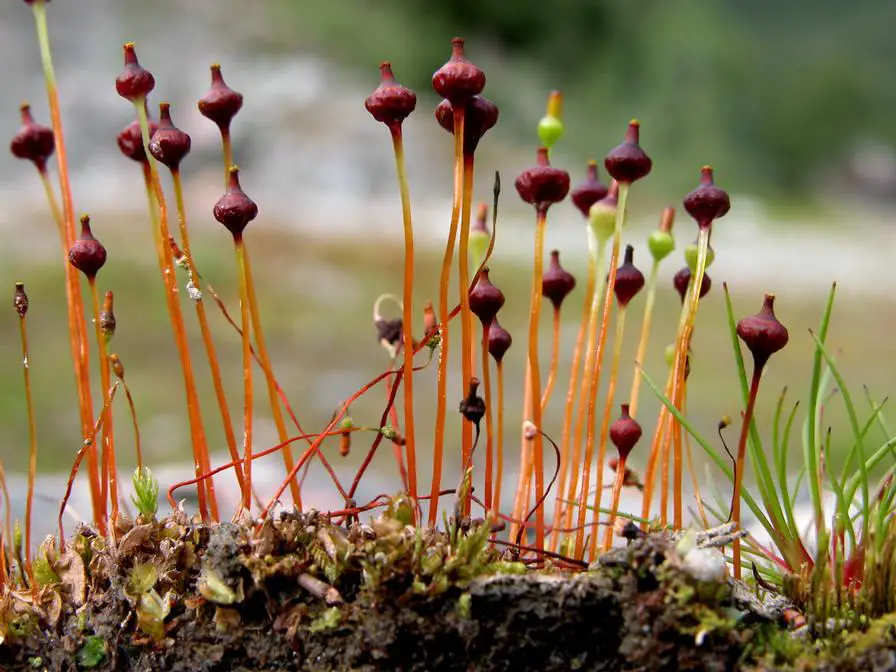
splachnum_vasculosum.jpg from: https://www.earth.com/plant-encyclopedia/Bryophytes/Splachnaceae/splachnum-vasculosum/en/
producing the attractive odors and providing a reward (possibly a nectar-like substance) for the visiting flies.
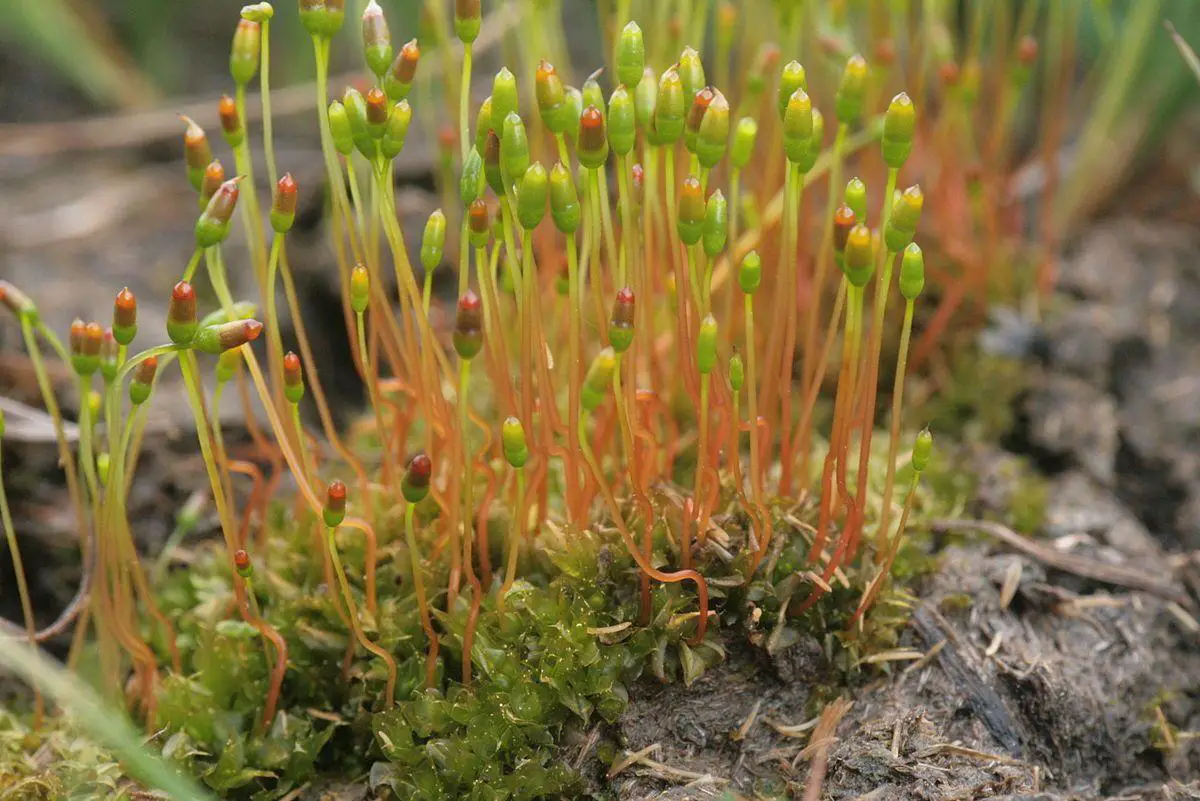
06a66de8729c76c3499cdf031c9e99a7.jpg from: https://pl.pinterest.com/pin/95138610861821403/
In addition to their role in spore dispersal, flies may also contribute to the nutrient enrichment of the dung substrate through their own fecal deposits and larval activity. This could create a positive feedback loop, with the mosses benefiting from the increased nutrients and the flies benefiting from the mosses’ presence.
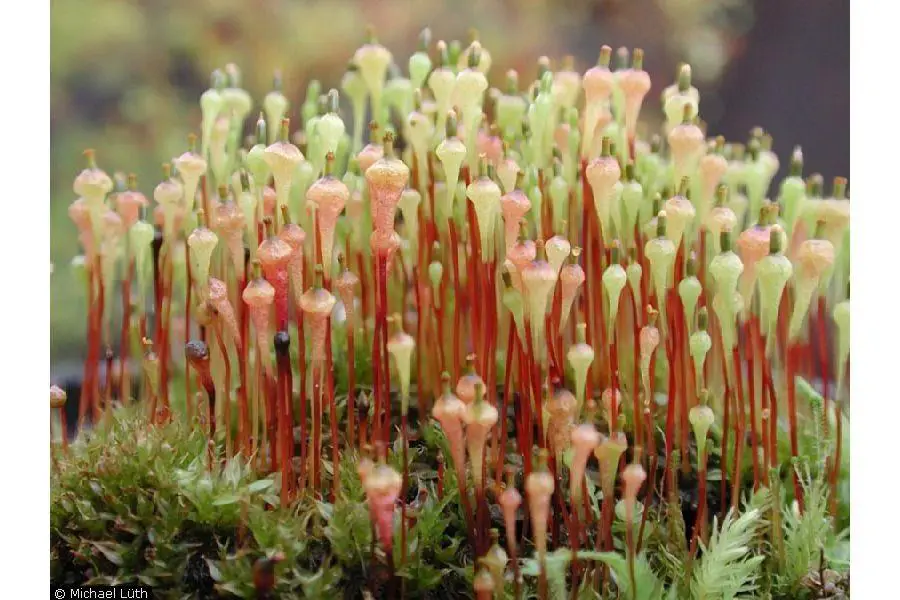
79a098238c55995c47070d43fa90e9e5.jpg from: https://www.pinterest.com/pin/large-photo-of-splachnum-ampullaceum–574279389978784474/
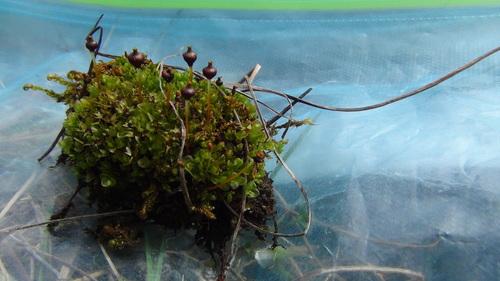
medium.jpeg from: https://www.inaturalist.org/taxa/169280-Splachnum-ampullaceum
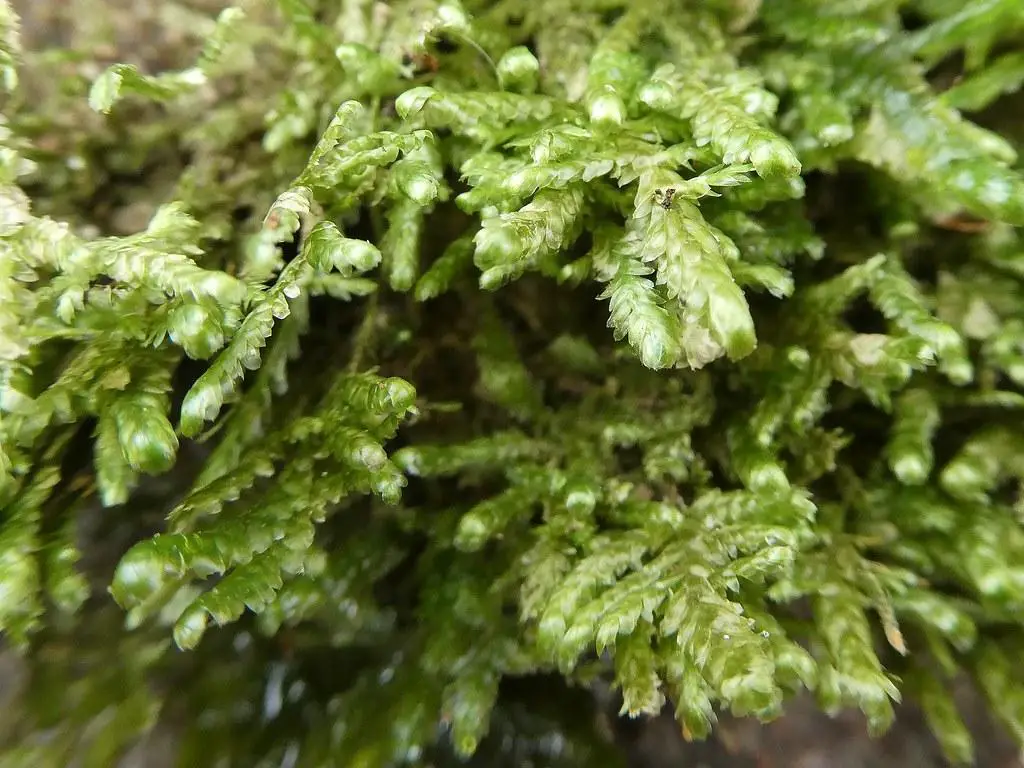
50071276718_81a2274646_b.jpg from: https://www.flickr.com/photos/21657471@N04/50071276718/
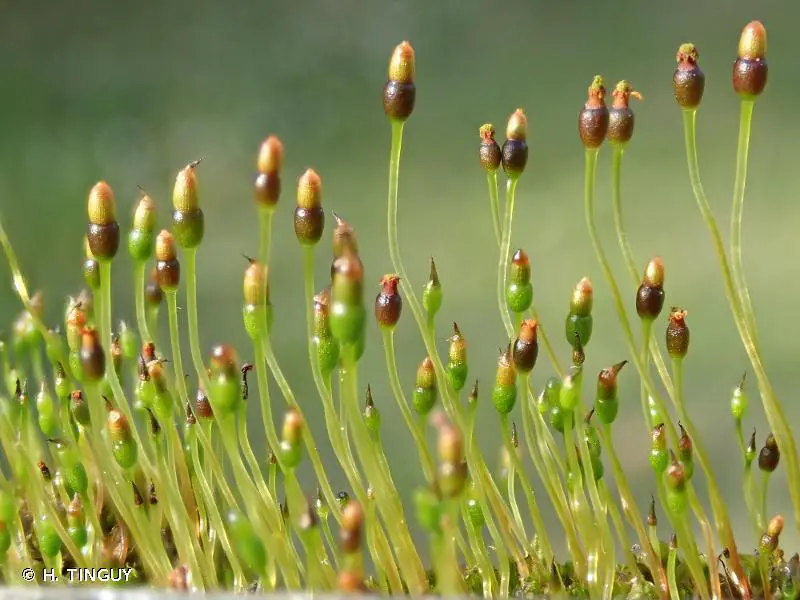
428261.jpg from: https://inpn.mnhn.fr/espece/cd_nom/5681
| Characteristic | Description |
|---|---|
| Capsule shape | Elongated with a swollen base (hypophysis) |
| Capsule color | Yellow, orange, red, or purple |
| Seta length | Several times longer than the stem |
| Leaf shape | Broad, obovate with a rounded or obtuse apex |
| Leaf arrangement | Rosette at the top of the stem |
| Leaf cells | Large and thin-walled |
Conclusion
Splachnum Hedw. mosses are a prime example of how plants can evolve specialized adaptations to thrive in unique ecological niches. By forming close relationships with flies and exploiting nutrient-rich animal-derived substrates, these mosses have carved out a successful existence in the world of bryophytes. Their distinctive morphology and engaging ecological story make them a favorite among moss enthusiasts and a fascinating subject for further study.
As we continue to explore the world of mosses, we can’t help but wonder: what other surprising adaptations and interactions might we uncover? The study of Splachnum Hedw. reminds us that even the smallest and most unassuming organisms can have complex and captivating stories to tell.
